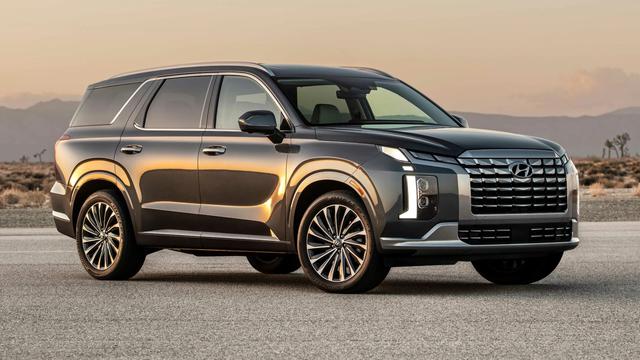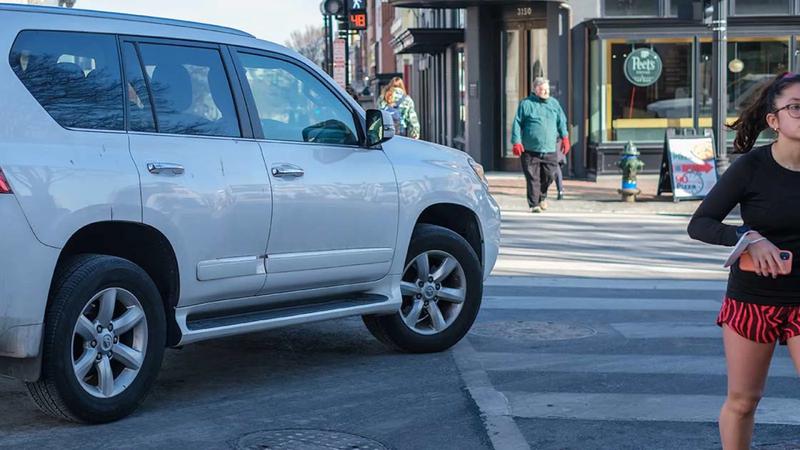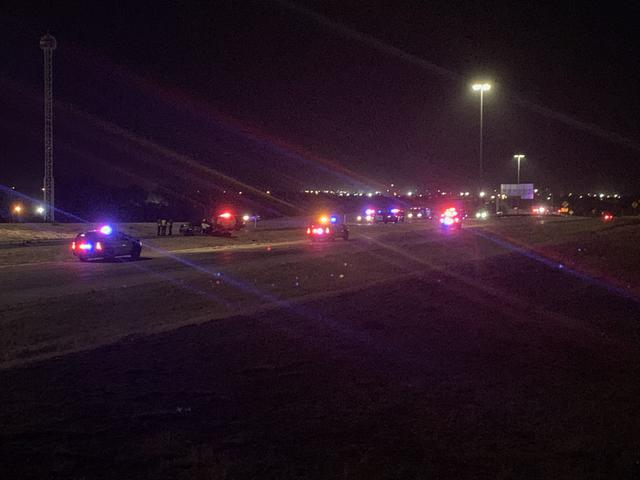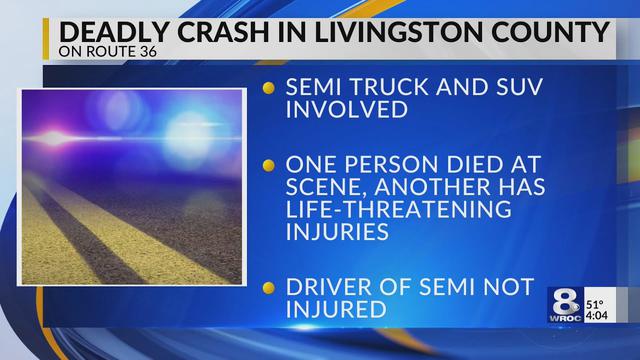You never get a second chance to make a first impression is an old saying, but it certainly still holds true for most people and products. It would seem that Hyundai had this in mind when it introduced the Palisade, a three-row SUV, in 2020. We were immediately impressed by its functionality in carrying both passengers and cargo as well as its upscale and luxurious trimmings. Along with its corporate sibling, the Kia Telluride, the Palisade immediately challenged the status quo for three-row midsize SUVs and hasn't looked back.
For 2023, the Palisade isn't looking to make a second impression; it's just growing in a way that might make you take a second glance. Hyundai's biggest SUV gets a new front fascia that better reflects the brand's design ethos and gives the car a more premium look. There's a new, more imposing front grille that takes what we've seen on the Santa Fe and Tucson in a slightly more refined direction. The LED daytime running lights also blend into the grille more seamlessly, and the headlight clusters themselves are better integrated into the front bumper. The rear and side profiles haven't changed at all, so the only way to tell if you're looking at the 2023 Palisade when it's in profile will be some new multi-spoke wheels.
For 2023 there will also be a Palisade XRT model. Hyundai hasn't released any photos of the new trim but says it will closely match what we've seen from the Santa Fe and Tucson XRTs. That means a darker grille, darkened lower door trims, darkened 20-inch wheels, a black roof rack and black faux leather seats inside. The Palisade's segment is chock full of competitors, including a compelling offering in the Telluride from sister company Kia. Hyundai hopes the new looks and some of the interior changes will pique your interest more than the Honda Pilot, Toyota Highlander, Mazda CX-9 and other three-rows.

For 2023, Hyundai isn't making any changes to what will motivate the Palisade. Power still comes from a 3.8-liter non-turbo V6 on every trim level. The V6 makes 291 horsepower and 262 lb-ft of torque. All of that power is sent through an eight-speed automatic to all four wheels via Hyundai's HTRAC all-wheel-drive system.
The 2023 Palisade's interior gets a small nip and tuck to keep it up-to-date. A new steering wheel (that's been cribbed from the Sonata) will greet drivers once they get inside, and sitting right behind it is a new digital instrument cluster. The entire dashboard has been reworked, too, and it now looks as though the air vents stretch across the entire width of the dash.
Hyundai has also updated the seat surfaces and introduced what it's calling an Ergo driver's seat that should help reduce fatigue on longer drives. Rear passengers can now be treated to heated and cooled seats in the second row, along with some new adjustable headrest padding, while the third row gets the option for heating. Some new acoustic side glass should help quiet the cabin, but it's only available on the top-spec Calligraphy model.
The Palisade also gets a series of small changes to its interior tech. A slightly bigger 12-inch infotainment display with a slightly reworked user interface to make for simpler navigation replaces the previous 10.25-inch unit. USB-C ports replace the USB-A ports up front and provide faster charging, as does the new 15-watt wireless charging pad (up from 5 watts). There's better voice recognition for voice-activated features and, for the first time in a Hyundai, the Palisade can function as a mobile Wi-Fi hotspot for working on the go.
As a bonus, rear side-impact airbags are now standard across the range for better occupant protection in the event of an accident. The two new airbags mean there are now nine in total and add to the Palisade's already comprehensive list of standard and optional safety features.
Getting to the sharp end of the three-row SUV segment is one thing, but staying there is quite another. For 2023, Hyundai is giving the Palisade some fresh looks to help keep it competitive in what is a very hotly contested segment. Will it stay a top offering? We'll find out as soon as we drive it.




